|
829BSensibly equivalent¶ to:See also:
|
|
|
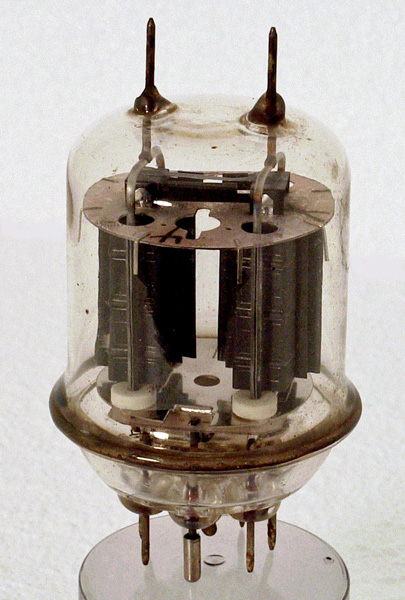
|
The 829B American pattern VHF double tetrode is the big brother of the CV788. The American approach to twin VHF transmitting beam tetrodes was to put two separate valves within the single envelope. This design requires external neutralisation capacitances to prevent parasitic oscillations. The european design of a common cathode with independent g1's, a common g2 and single sheet anodes (see QQV03-20 and QQV06-40A) had internal neutralisation and made the 829B and 832 obsolete, as well as offering greater output power.This valve type would not have been the valve of choice by 1950.Currently, designs exist to use all of the VHF double tetrodes as audio amplifiers, these are physically beautiful devices and deserve to be seen.The wide glass tube envelope has a characteristic bulge of 54 mm diameter that was used for retaining rings.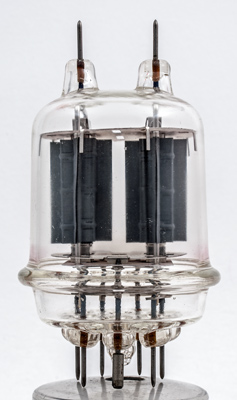
Another 729B with clear and unmarked glass. This image is looking at the ends of the grids, the wide central part of the anode is a pair of fins for additional heat dissipation.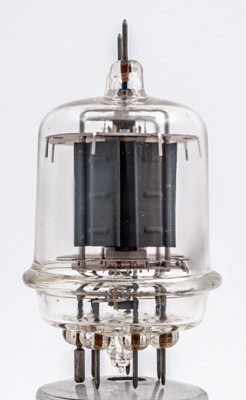
One anode seen face-on. The side flanges clamp to the supports that pass to the top cap pins. Below the anode box is a screen.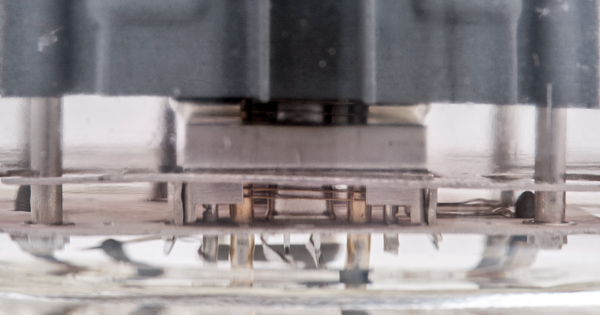
A close-up of the base of one beam tetrode, the control grid is the one visible.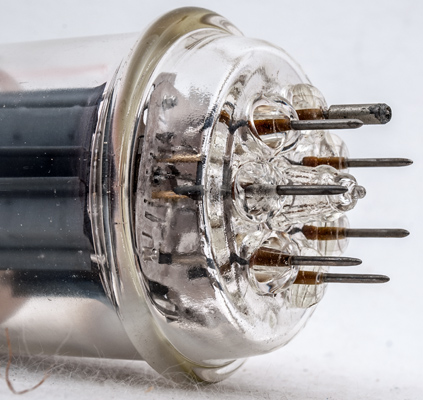
The base pins all have the orange colour in their mid section with the exception of this one. Looking closely it can be seen that the glass is cracked and the vacuum has failed. The centre of the pin is corroded.The wide glass tube envelope is 48 mm in diameter and, excluding the B7A base pins, is 90 mm tall.References: Data-sheet & 1040. |
Pin Connections
| 1 | 2 | 3 | 4 | 5 | 6 | 7 | tc | tc |  h | g1(2) | g2 | k,bp | hct | g1 | h | a | a(2) |
|
|
Absolute Maximum Operating Conditions¶
| Vh | Ah | Va | Vs | Vg | mAa | mAs | Pdriv | Pdiss | Pout | freq | f.max | 
| 6.3 | 2.25 | 500 | 230 | -45 | 230 | 23 | 0.9W | 40W | 83W | 200 | 250 |
|
Updated February 20, 2017.
|
|